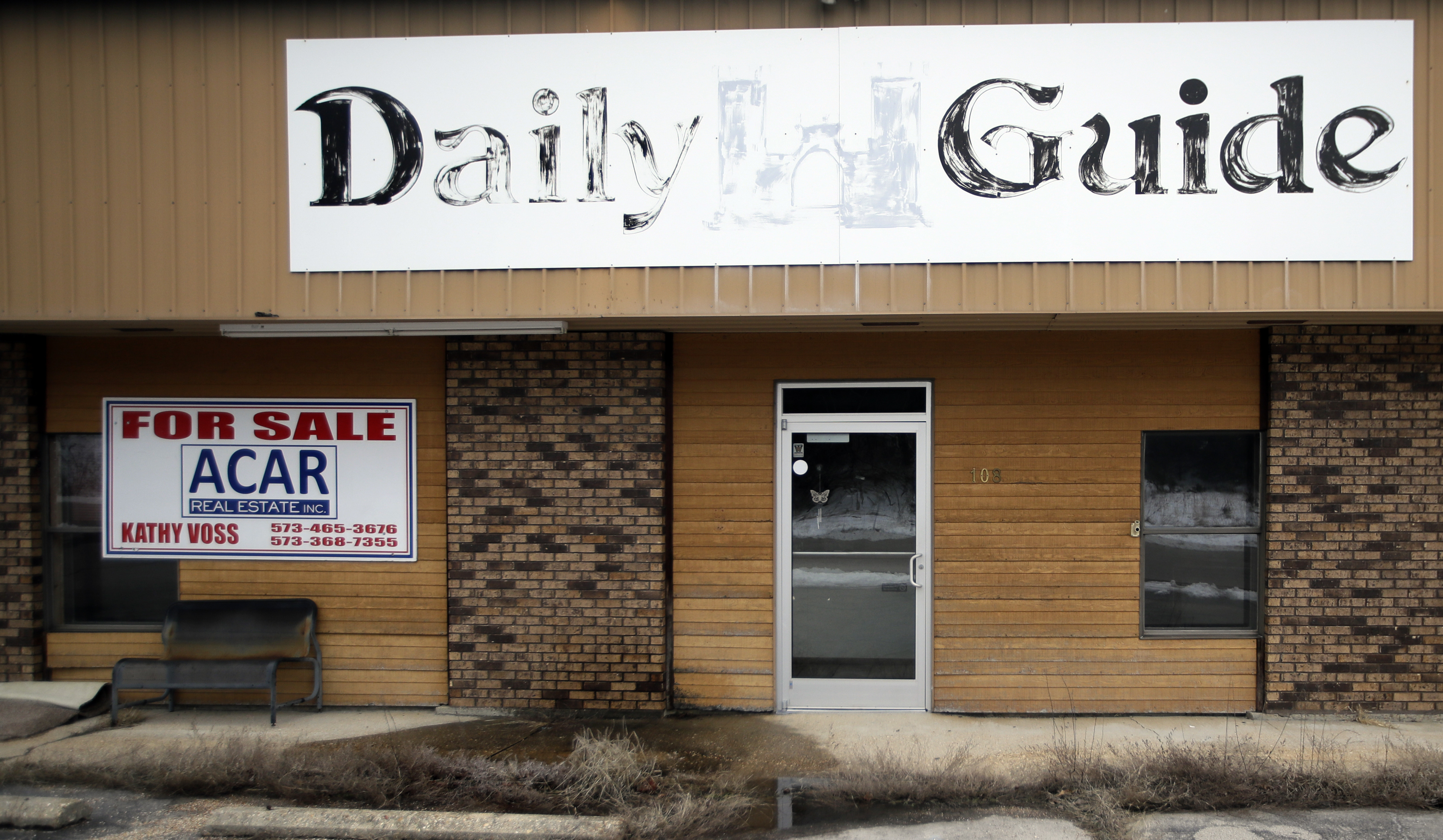By design, local news outlets cover a variety of topics that help Americans stay in touch with their communities. From weather to high school sports to morning traffic, local news reporters are tasked with informing how citizens lead their day-to-day lives.
And while Americans continue to consume that news on a regular basis, audiences are surprisingly unaware of the dire state of the industry, according to a Pew Research Center study of nearly 35,000 adults released Tuesday.
Despite national media coverage of the financial challenges facing local news operations and years of layoffs at some of the country’s largest regional newspapers, 71 percent of respondents think their local news outlets are doing “very or somewhat well financially.”
The vast majority of Americans do not support the news industry financially, with just 14 percent of people saying they have paid for local news in the past year through subscriptions, donations or memberships.
The most common reason? The widespread amount of free content. Only 10 percent said their concerns about their local outlet’s quality of coverage was their top reason for not buying a subscription.
The general public’s ignorance of the alarming decline of local news, which has led more than 1,400 towns and cities to lose a newspaper in the past 15 years, was surprising even to the researchers themselves. Amy Mitchell, the director of journalism research at Pew, said in a Q&A published by the center that there is “a striking disconnect” between readers and reporters.
“Journalists tend to be quite familiar with the financial struggles facing their industry. It’s not much of a secret to them,” Mitchell said. “But the public seems largely unaware of these difficulties.”
Reporters lamented the survey results online, with one journalist calling it “a hat-trick of depression” thanks to its findings about Americans’ dependence on TV for local reports and reluctance to pay for news.
But not all of Pew’s findings were as disheartening. A majority of Americans evaluated their local media positively overall and were more likely to do so when they saw local journalists as connected to the community. And audiences seem to prize accuracy just as much as reporters do, with 65 percent of respondents naming it as the media’s first or second most important function.
The past decade has also seen greater investments in local and regional news by organizations like Report for America and even companies that have been blamed for the news industry’s advertising crisis. On the same day the Pew report was released, Google announced a partnership with McClatchy to fund the creation of “three local digital-only, multi-platform publications,” according to Nieman Lab. Nonprofit newsrooms like the Texas Tribune have also emerged to fill in some of the gaps.
Those initiatives will not completely fix local newspapers and digital outlets’ ongoing revenue issues, however. The movement to “find a revenue structure for the digital era,” Mitchell said, remains “a huge challenge for the industry.”
“Why do people not pay for news?” Mitchell asked. “Americans cite a variety of reasons in the survey, but quality of coverage isn’t a big one. Instead, the explanation that rises to the top of the list is that there is so much free content out there. The question for the industry then becomes, ‘What can we do to get audiences to want to make a financial commitment to us?’”





